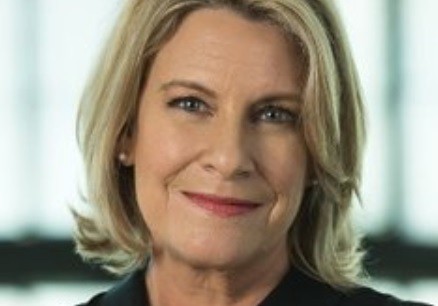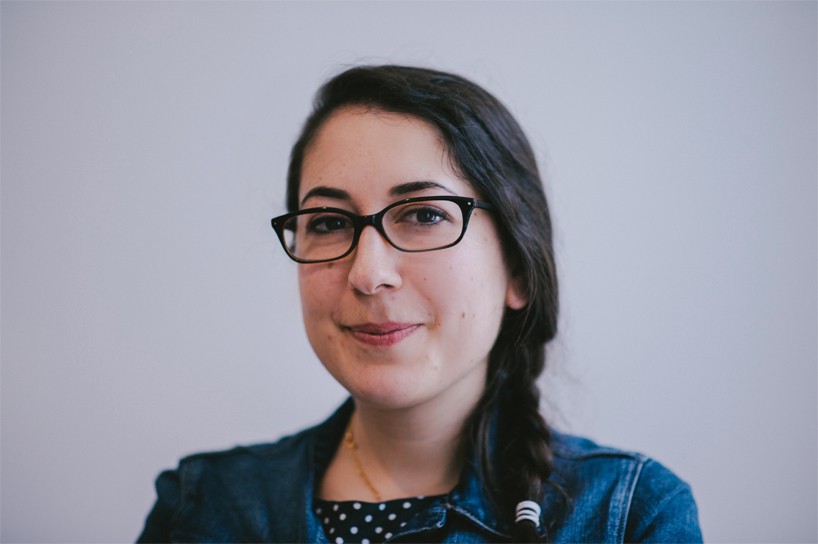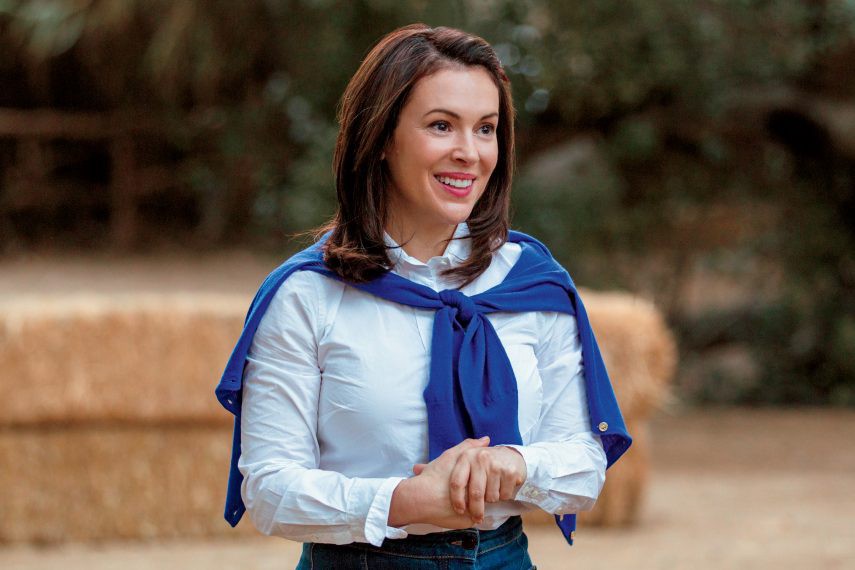Judy Moody and the Not Bummer Summer opens today. It’s a great hoot for the young — both boys and girls.
Producer Sarah Siegel Magness answered some questions about being a producer in Hollywood today.
W&H: How did you become aware of this property?
Sarah Siegel Magness: When my daughter was in third grade, it was required reading at school. We read many, many book in third grade and it was the first book series that appealed to me as an adult. I could read the book and laugh out loud along with her, and that’s really important for a book series.
W&H: What exactly is a producer?
SSM: I guess for me you can really define it down to the business of making films. You can compare it to building a house. The producer makes sure the house really gets built. The producer is not the architect but the producer oversees the architect. It’s the same thing with film. We work hand in hand with the director and we hire the group that’s in charge of the physical production. And some producers, like my husband and I, even start with the development of the film. With Judy Moody we got the property, oversaw the writing of the screenplay, we’re on set everyday, work with the financials — essentially in the capacity of this film, we did everything from A to Z.
Now some producers, depending on how busy you are, may be less involved. For us and our business structure, we are very selective about the films we do. And personally, I need to have involvement in each and every part of the process.
W&H: Your production company Smokewood focuses on films with a positive message. Can you elaborate further on that?
SSM: There’s a lot of movies you can make. There are a lot of scripts out there. For us, the script has to resonate in a positive way… have some positive lesson. Not to say there won’t be moments of extreme heartache or difficulty or sad things within the film. But as long as you watch that film and you walk away with your own personal growth — that’s key. And Judy Moody is a positive girl. Absolutely positive all the way.
W&H: You had to go to the author of the books and get the rights directly from her. How were you were able to sell yourself and your company to make the film. Can you talk a little about how that goes?
SSM: The rights to the film were owned by the publisher. They work hand in hand with the author and they would not release the film to any producer without the authors approval and involvement. It just happened to be a very personal process for them. Judy Moody is a flagship property and Megan McDonald (the author) is very important to them. What was most important in the relationship building with Candlewick (the publisher) is that Megan and I had a rapport. Them liking us was very, very important. So really it was very easy for me to be genuine in what we had to say and how we wanted to make this film. We saw this as an opportunity to take Megan McDonald’s work and translate it on to the screen. Not with exact replication but really organically moving the books to life. And we wanted Megan McDonald to be a part of this process and she was from A to Z.
W&H: There are different kinds of producers and some people who finance the films so they are able to make even more decisions. It’s my understanding that you also do that. You finance the films as well as produce them.
SSM: Yes we do. And it’s important for us personally when we put our money into something we have to actually execute it as well, because we bring that passion. Nobody can watch your money better than you. For us, it’s not only a creative decision, but it’s a decision to make sure the creative matches perfectly with the financials.
W&H: What was the hardest part for you in making this film as the producer?
SSM: I think the challenge was to make sure that our core audience, which is the book reader, is happy. We spent every day on set making sure the tiniest details were exactly out of the book. And really, at the end of the day, if our core readers, the Judy Moody book fans, love this movie, then we’ve done a good job,
W&H: One of the challenges in making youth movies when you have a female lead is how do you bring the boys? How do you get the boys to come see a movie about a girl?
SSM: We’re really fortunate because the book series has a huge number of boys as fans. Almost fifty-fifty. Part of the reason is because Judy Moody is a girlie girl who is also very tomboyish. She surrounds herself with boys. She loves boys. And she loves “boy activities.” She’s very nitty gritty and jumps in and is physical and adventurous. I think naturally the film, although with a girl’s title, has a lot of aspects to it that boys will enjoy. That’s probably why we incorporated the storyline of Bigfoot because we’re hoping that even if boys were intimidated to go to the film because of the girl’s name, they would hear about the cool, fun Bigfoot adventure and they would want to go.
W&H: One of the things people were saying to me about Bridesmaids this past weekend was that all the marketing was targeted toward men and even though they did that it was still 67% women in the theaters.
SSM: We tested the film and we know who our core audience is. But we’d love to be able to bring in people beyond that core. Sometimes we try to make too many people happy and you alienate the people that you know for sure will like your movie.
W&H: This was your third film. Precious was your second film. Tell me how the transition happens from Precious to Judy Moody?
SSM: We started the work on developing this film while making Precious. And I think you’ll notice something actually that is very similar and it wasn’t intentional — it just happened. In Precious we had a really strong female character and in Judy Moody we have the same. In Precious we have the fantasy sequences and we have the same in Judy Moody. There’s a couple similarities, that when you watch both movies you’ll understand. For us, it’s all about what we get excited by and it really doesn’t matter what type of genre. You’ll never say my next film is going to be a female oriented film. We may be attracted to a movie about soldiers. We’re all over the board. We like to keep it fresh.
W&H: Do both you and your husband read a lot scripts and take meetings? Is it a partnership?
SSM: Yes, it is but we actually separate the job duties. He’s more on the macro level and I do a lot of the details. He oversees the broad picture financial aspects of the film along with me but he focuses on that. And I’m there every day on set working. I’m very detail oriented. For example, when we were working on the script, I sit down with the writers all the time and go through the script. And he may or may not do that.
W&H: You don’t live in LA?
SSM: We do live in LA but really our home is Colorado. Home is Colorado and we work in LA.
W&H: What are the challenges in living in another location? And is it actually a benefit in certain respects?
SSM: I absolutely think so. I think we have a fresh perspective being back and forth between Colorado and LA. It gives you time to reflect on the projects you are working. I think when you get wrapped up in the day-to-day of Hollywood you may be pushed into doing certain types of projects. But when you’re in a place that has nothing to do with film, you open your mind to lots of different things.
W&H: What have you learned from yourself as a producer?
SSM: I think just how much I love making movies. The more I delve into every aspect of this business the more invigorated I get for the process. We’re really blessed that we are really into making films, not just for the money, but because we’re creating art. I don’t take our work that seriously where I feel like it’s a painting. But I do feel like it’s a really wonderful way to reach a message across a broad group of people. Also, to be able to delve into environments you may never experience, like with Precious. I mean how great was it that we went and lived in Harlem? I was there fourteen hours a day and I probably would have never experienced that had I never been in the film business.
W&H: You’ve made movies with strong female characters and you know that it is a challenge for women directors to get gigs. Have you thought about hiring women directors? Is this something that you think about?
SSM: One hundred percent! But it’s about who is right for the job. The next film that I’m working on has a female director. We’re working on it right now. I like to empower everyone and for me it’s who is best for the job. I love working with women. On Judy Moody, we did have a male director, but our executive team is all females and we worked with a lot of females on that film.
W&H: What advice would you impart to people who are really trying to produce films like yours — films that have some substance and meaning.
SSM: I just say be really picky about the films you work on. Be passionate about what you do. And if you’re not passionate — don’t do it! The films with passion are the ones that do well. Don’t just finance a film because it has a big star in it. Make sure that it is something that resonates with you internally. I feel that passion is what takes everyone to the next level. It’s contagious. For me, I can’t be unhappy with the film if it doesn’t do well commercially if I gave it my all and it was something was near and dear to my heart. That’s my philosophy. Work on stuff that inspires you.
Judy Moody and the Not Bummer Summer







